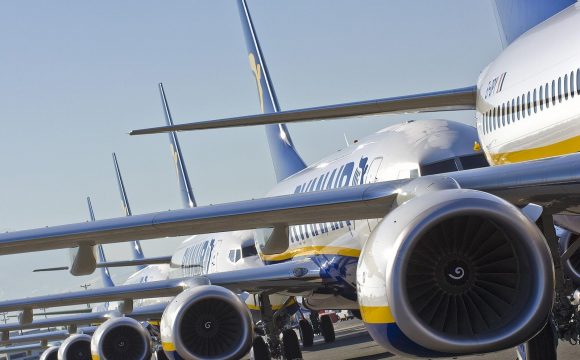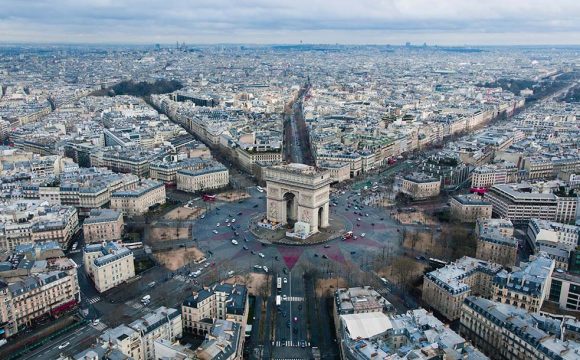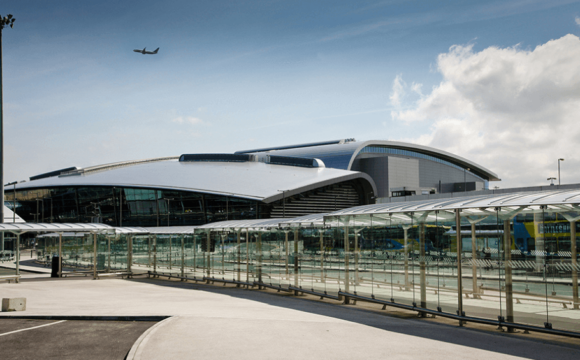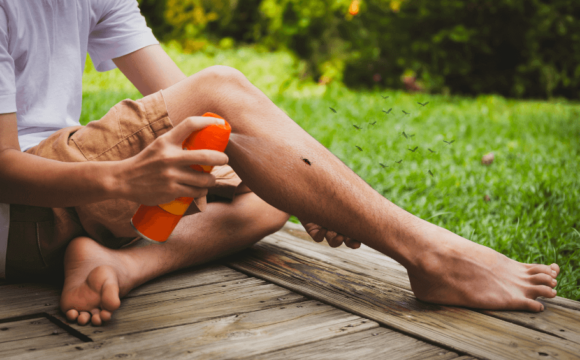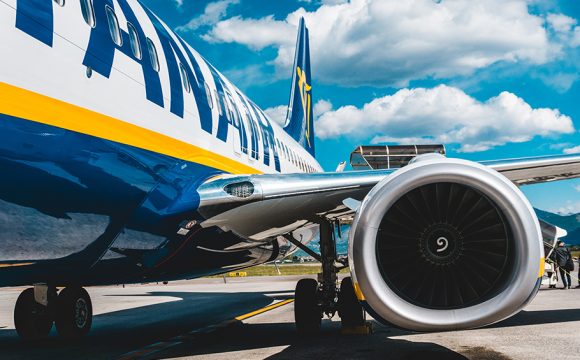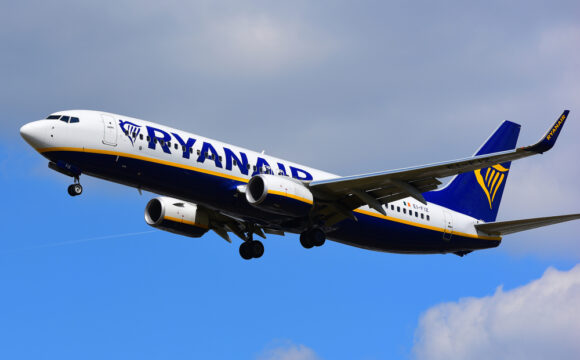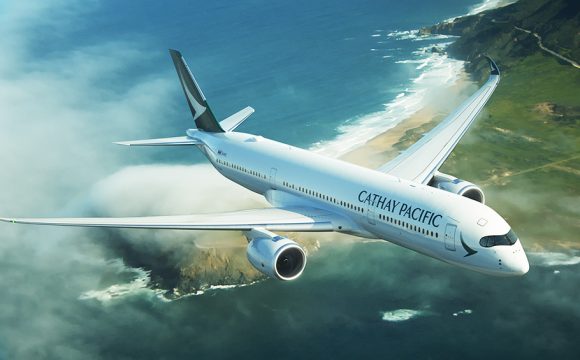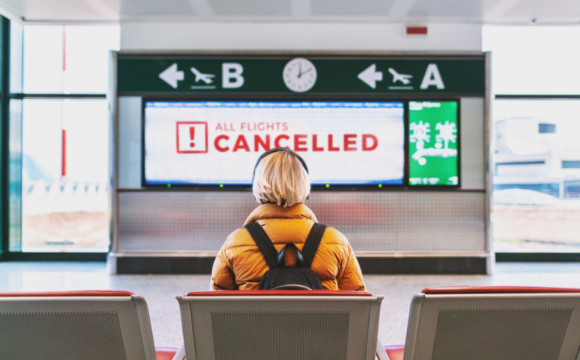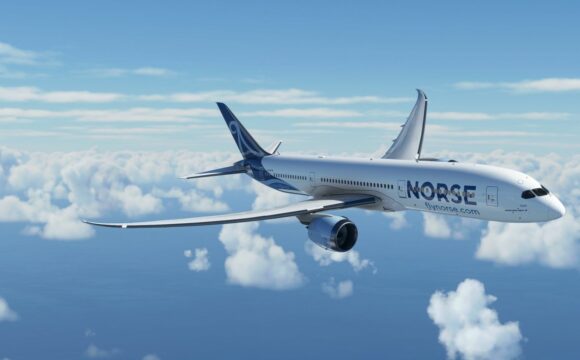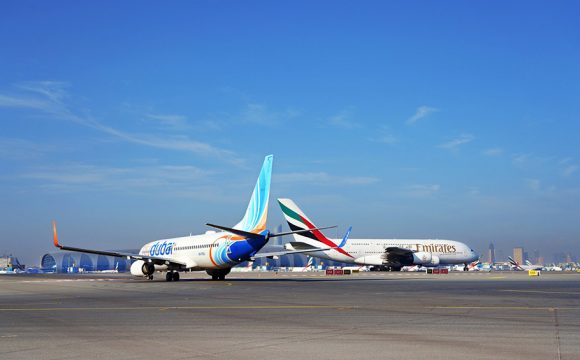The Eastern Mediterranean attracts travellers from around the Globe seeking not only a year round dry and sunny climate but also a rich fascinating history second to none stretching back to Biblical times and beyond.
Many of the wonders of the ancient world left by Egyptians, Greeks, and Romans, survive here today in the shape of spectacular ruins incredibly well preserved in the main thanks to that dry climate – for here it is more than a thousand miles from any weathering ocean storms which lash the UK.
I thought that preserved in the main thanks to that dry climate – for here it is more than a thousand miles from any weathering ocean storms which lash the UK.
Later others came and left their mark, most notably for people from the UK, in the shape of King Richard the Lionheart and the Crusaders, who in just 200 years, left a rich and fabulous heritage that, despite the efforts of their enemies and a thousand years of war-torn history, remains today.
Fundamentally the Crusades were all about control of Jerusalem and the Holy Land which today is situated within Israel, and it was here that I headed to uncover and discover the Crusaders legacy in what is rapidly becoming a major tourist destination, where the Eastern Mediterranean meets the Middle East.
In the UK most will have some knowledge of the Crusades and will have heard of King Richard the Lion Heart and some of his exploits, however when the latter was involved in the what was the Third Crusade some 90 years after what in reality was probably the most successful First Crusade, carried out by Crusaders from mainland Europe, and in particular modern day France.
So why the Crusades? Jerusalem is considered a holy city by Christianity, Judaism, and Islam, these are known as the three monotheistic religions, each with their differing interpretations of messages contained in the Bible.
As today in the 21st century, way back in the 11th century, the possession and control of Jerusalem was a source of conflict and trouble. However when the holy city first fell under Islamic control around 600 AD, Muslims allowed Christians and Jews to visit Jerusalem to worship as pilgrims.
For Christians this allowed them to visit and worship at the site where they believe Jesus Christ was crucified, buried, and then rose from the dead, this all contained within the walls of the Church of the Holy Sepulchre.
This all changed when around 1095 a new group of Muslims, the Seljuk Turks, took over the area and banned Christians and Jews from visiting Jerusalem as pilgrims.
Outraged by this action the head of the Catholic Church, Pope Urban the Second, gathered the Western Christians together at the Council of Clermont in southern France and called for then to take up arms and capture the Holy Land from Muslim control. So commenced the First Crusade.
CRUSADER TOUR OF ISRAEL
With most travellers to Israel arriving by air into the city of Tel Aviv on the coast, it makes sense to start a tour of the Crusader sites from this large business and cultural centre situated on a most pleasant stretch of the Mediterranean coast, with some great restaurants, bars, and boutique hotels.
From here one can head north along the Mediterranean coast as far as Akko then head inland to Belvoir near the Sea of Gallilee, then south to Jerusalem, before returning to Tel Aviv via a wonderfully preserved Crusader farmhouse.
My first encounter was the Crusader Castle at Apollonia perched high on a cliff above the oh so blue Mediterranean Sea,
Apollonia has a complex history, a First Crusader, and perhaps the most succesful of all Crusaders, King Baldwin 1, from modern day France, took control here in 1102 from the Muslims after a siege by land and sea.
The Crusaders then built an impressive castle, the ruins of which we see today in their spectacular setting. In 1187 Apollonia was recaptured by the Muslims but fell again to the Crusaders in 1191 after a Battle of between King Richard 1 of England and the Muslims led by Saladin.
In 1265 the Muslim Sultan Barbaras ruler of the Mamaluks captured Apollonia after 40 days of siege, all inhabitants were killed or enslaved and the town was completely razed.
A short distance along the Mediterranean coast lies a treasure of the ancient world, Caesarea, where among a wealth of Roman and Byzantine ruins are some significant Crusader relics. Here a similar story, taken 1101 by King Baldwin, regained 1187 by Muslim Saladin, then retaken in 1191 by Richard the Lion Heart.
The end of Crusader Caesarea came in 1265, when the leader of the Muslim Mamluks, Sultan Barbaras, attacked the city. After a short siege, the Crusader defenders gave up hope and evacuated the city. The conquering Mamluks, fearing a return of the Crusaders, razed the city’s fortifications to the ground.
Akko (also known as Acre) was already an popular tourist attraction before when in the 1990s, what are regarded by many to be the most spectacular of Crusader remains in Israel, were discovered buried under layers of history dating back a thousand years.
Modern day Akko is steeped in the history since the times of the Crusaders, most notably the Otomans who built massive fortifications and within these walls today there is a large Arab population.
Taken in 1104 by Crusader King Baldwin 1, ending the early Islamic era, Akko became main port for Jerusalem, and this gave the Crusaders access to the Asiatic spice trade making Akko also the main port of the Eastern Mediterranean.
Travelling inland we next encountered my favourite Crusader ruin, due to its sheer scale, grandeur, and isolated location, Belvoir Fortress, situated on a mountain top south of the Sea of Galilee boasting fabulous views over the Jordan River Valley.
JERUSALEM
For centuries after the Crusades Jerusalem fell under Ottoman control, and they built the city walls we see today, then followig the collapse of the Ottoman Empire after the First World War the British took control until 1948.
Near Jerusalem’s Lions’ Gate is the Roman Catholic Church of St Anne which was restored by that most successful Crusader, Baldwin the First, the only one to capture this city in 1099 and to prcalim himself King of Jerusalem.
Some relics from the times of the Crusaders are to found underground, at the Tomb of the Virgin Mary, at the front there is a Crusader basilica and within a stairway leading down to a Crypt where it is believed the Virgin Mary was laid to rest.
However what all Crusaders were seeking lies at the centre of the Old City of Jerusalem, the Church of the Holy Sepulchre, the most holy site in all Christainity whose control is shared between several Christian denominations including Roman Catholics and the Greek Orthorox.
In 1099 when the Crusaders took control of Jerusalem they rebuilt the Church of the Holy Sepulchre. Incredbly the keys to the huge door of the Church have been in the safe keeping of generations of the same Muslim family since that time.
RETURNING TO TEL AVIV
Many with some knowledge of the Crusaders will think of Knights who were warriors who built formidable fortresses, and we have seen some fine examples of castles built by the sea and on the top of mountains.
However but even the toughest soldiers need to eat and so the Crusaders were also farmers.
On the road from Jerusalem heading back to Tel Aviv at Ein Hemed National Park are the incredibly well preserved ruins of the Crusader Aqua Bella farmhouse dating from the 11th century.



